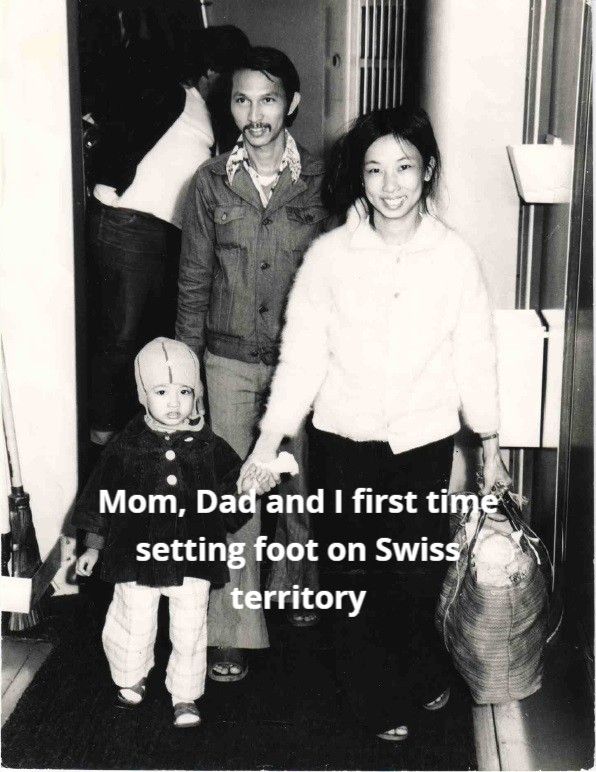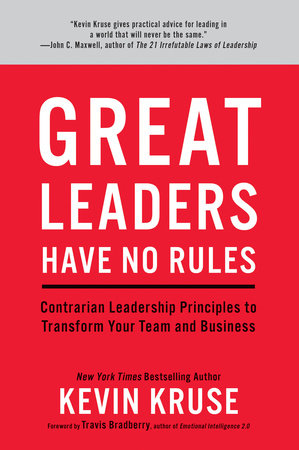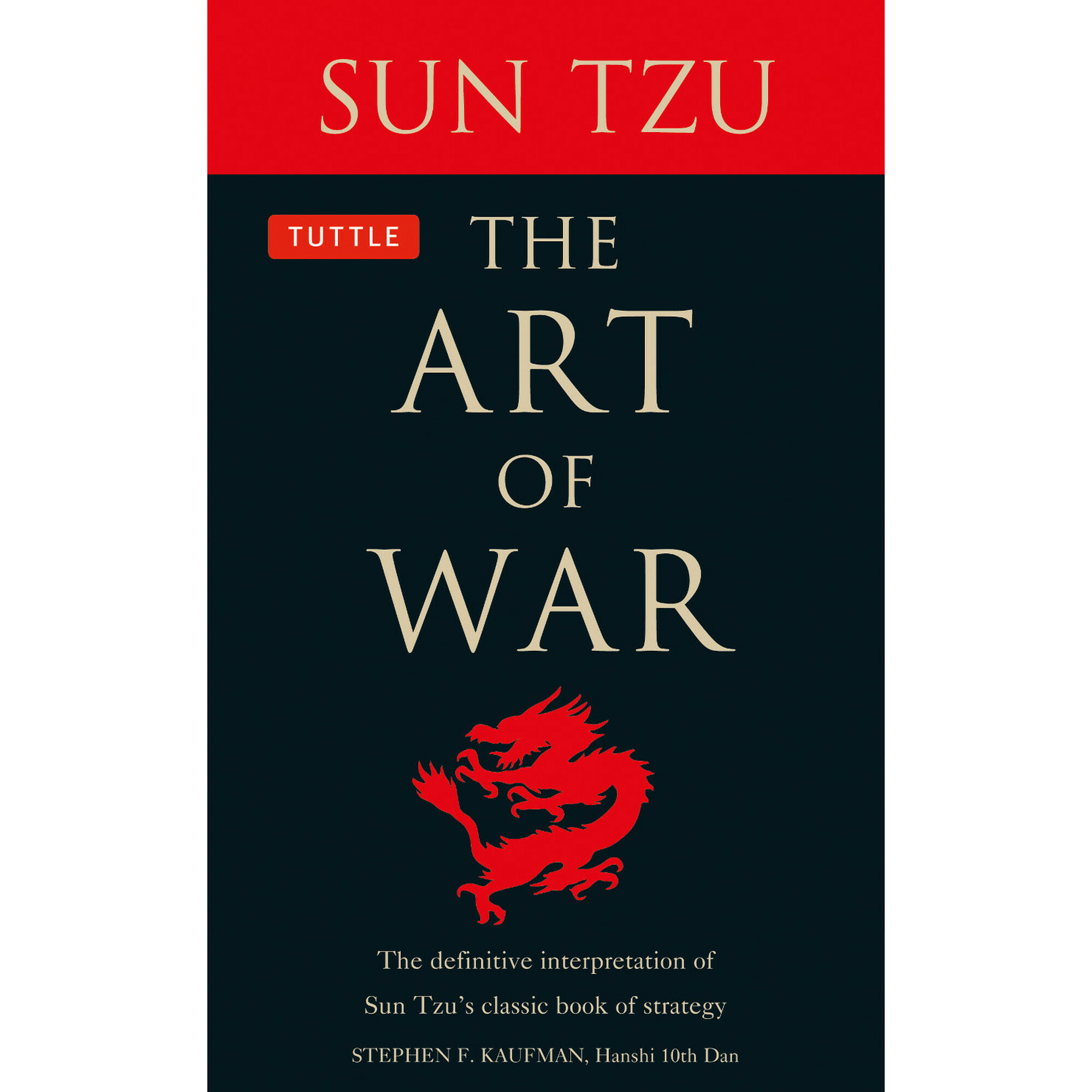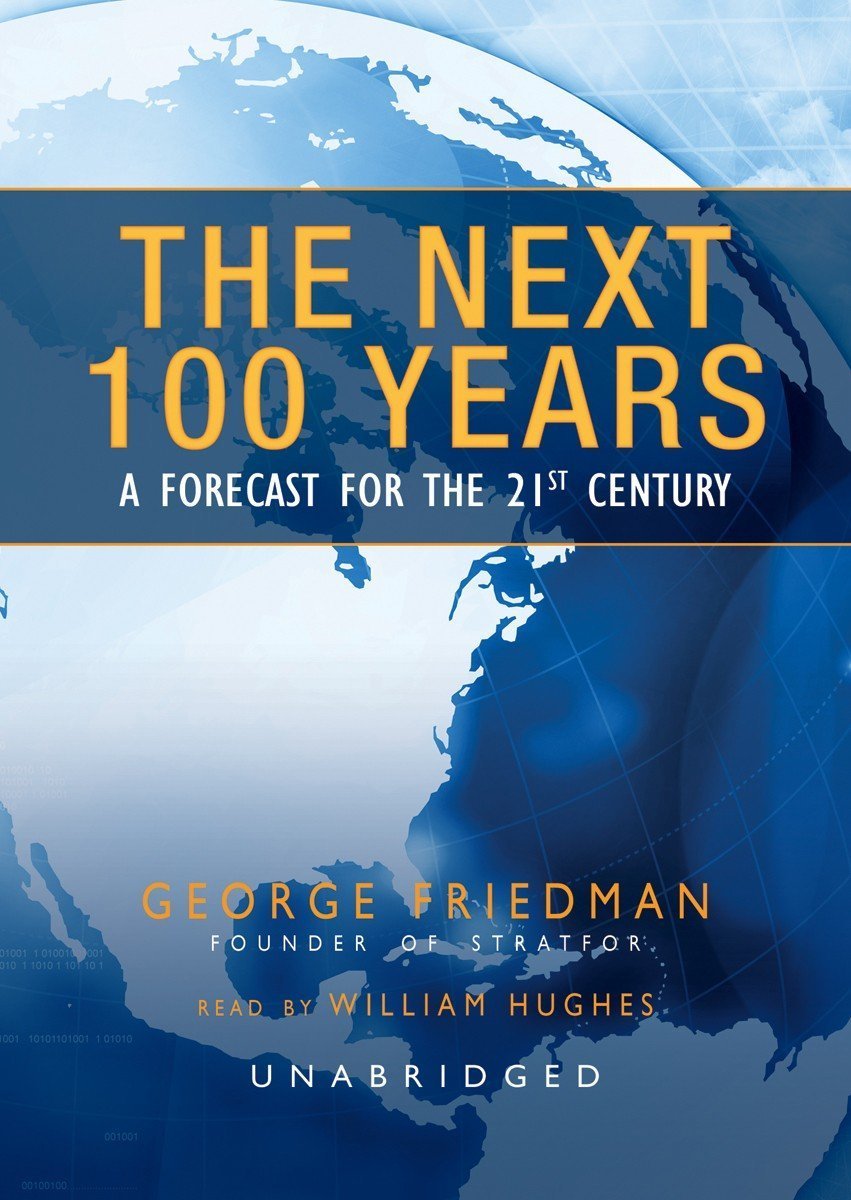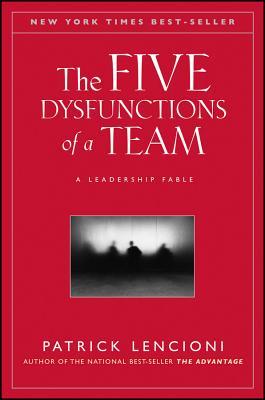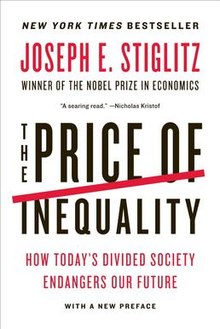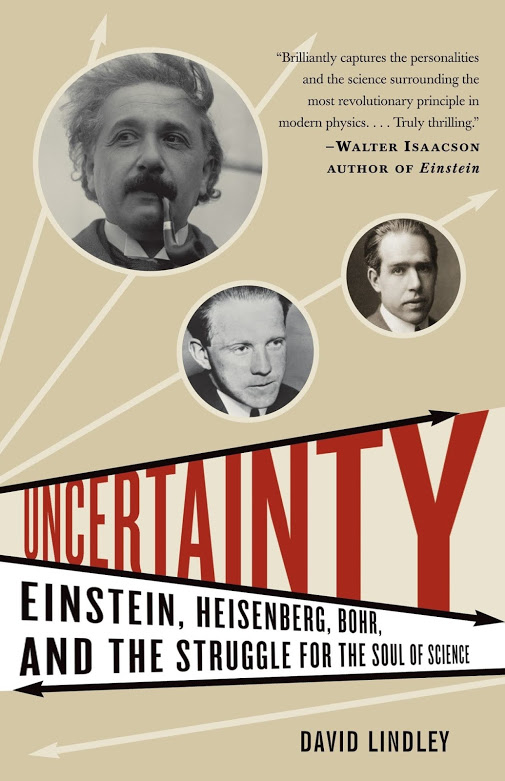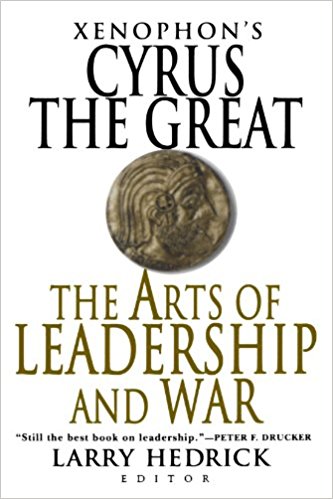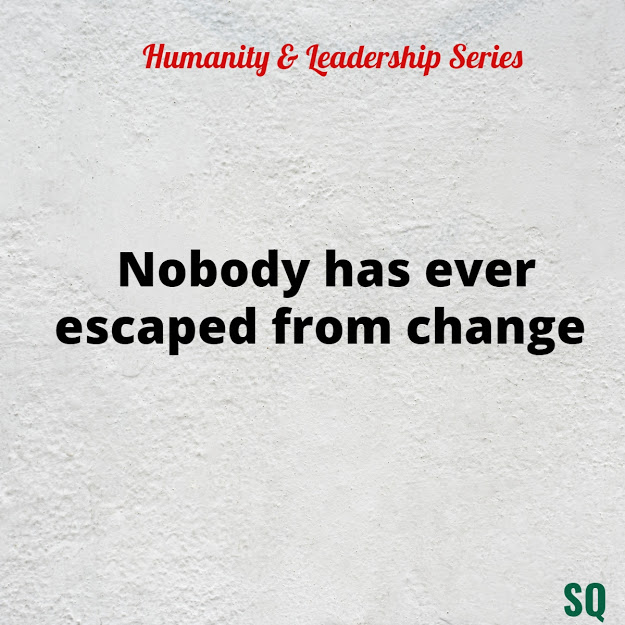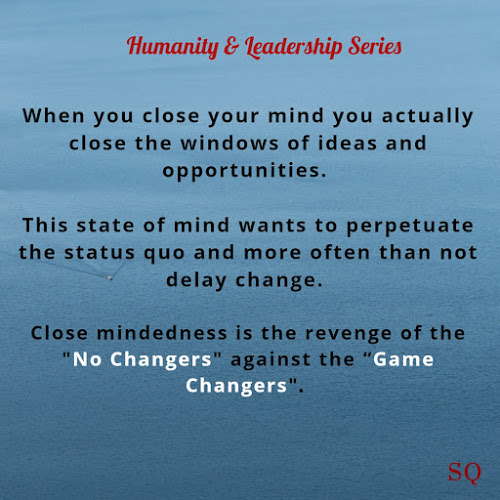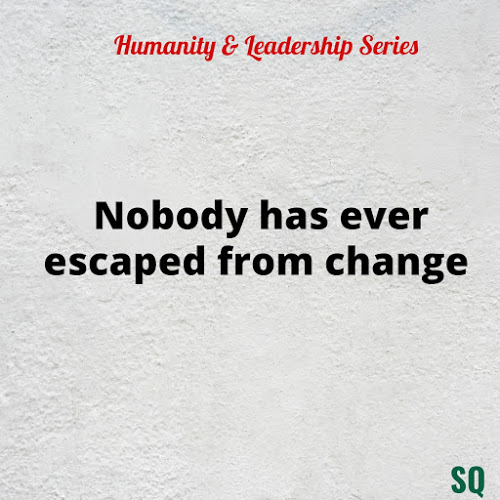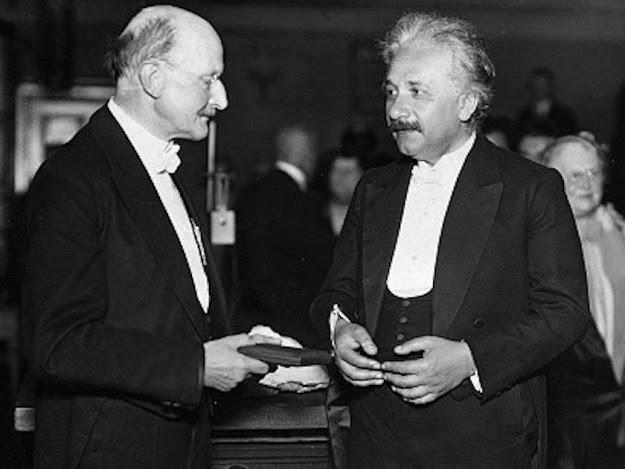The Simple Profound Questions
How to effect change? How to bring change ? How to be a changemaker ? How to change for success ? How to bring in a culture of change ?
These are some of the simple yet profound questions plaguing the minds of many leaders in organisations. But my advice would be that before rushing for the change it is better to understand steps involved in effecting a successful change.
Where you want to be in the future
If you know where you want to build your future house then the house building exercise seems a little easy and slowly many things automatically fall into place. Similarly If you are clear where you want your organisation to be in some time scale of the future you are very near to understanding change. Probably you have understood the concept, structure, form and role of the change for your organization. But this future gazing is not astrology but somewhat akin to astronomy. You have to think and think logically about the sector of the business you are in, its future potential, growth rate, difficulties etc and then estimate your position in the future scale. This is hard work where experience as well as data analytics along with trends visualisation may help a lot.. The one danger in visualization of the future is that we either become too pessimistic or too optimistic without even considering the realities of the middle ground. This is the stage where the art of leadership comes into the picture. The more seasoned the leadership mind is, the more clarity about the future it may spell out. Once you have spelt out your vision on the future time scale the next steps are more operational in nature.
Find out if you really require the change
Sometimes leaders are under great pressure to show results and they do it so by starting some big changes. But the moot question is whether the change is required at all. Maybe the much needed change has already been started before and what is required is stabilisation of that change rather than the unwanted new change itself. This is what Kurt Lewin, the great Change Management scholar says that "Refreezing" of change is more important than the effecting of change. In simple terms he is talking about reinforcing and stabilising the changes already effected. Another aspect is that Maybe the needed change is still not due and much work is left to be done before effecting the change.
These are the two questions leaders must ask before effecting any change under pressure. The leadership must realise that changes effected by putting the gun to the forehead has disaster written all over it. Change is a cool like cucumber exercise even if the time is short and the volume of changes is more. One cannot let stress and pressure decide the strategic decision of change otherwise change would be worse than the status quo itself. It Is also a great leadership skill to say clearly that change is not required at the moment and it will be done when it's time arrives.
Identify the change required
Everybody talks about ghosts but it is difficult to find someone who has seen it. Our proposed changes should not be like the proverbial ghost whose identity itself is unknown and mysterious. The proposed changes are identified through well established procedures of consultations, research , surveys, data analysis etc within the organisation. All the crucial stakeholders, especially the employee's are consulted about the required areas of change. The leadership cannot imagine themselves to be the sole Brain behind the identification process. In this regard consultancy helps to a great extent. To be precise the identification of the change area is the first credible movement towards a successful change. It is the most difficult step in the process of change. The more you sweat out in this process the less you would bleed later in the course of change.
It is to be remembered that if the non -required areas of change have been selected then it would spell disaster for the company. The leadership must bestow great attention in identifying the proposed area of changes and should not just accept it without scrutiny. Just because some great consultancy has given the report it does not absolve the organizational leadership from the responsibility of selecting the correct changes. The matured leadership minutely goes through each major change suggested and looks at it from all the angles possible. Before agreeing to any proposed changes, good leadership asks this simple question. " Would this proposed change be better than the No change at all ? All the decisions of the leadership regarding the selection of changes depend upon this simple question. You must also ask this question before agreeing to any change.
Do not reinvent the wheel
If some organization's have successfully implemented some changes and it is almost similar to your intended changes then there is no harm in studying their models. Most of the time such situations come when your organization is in the same business and the structure and form of the organization is almost similar to yours. But there is always a caveat to it. You just cannot copy and paste the changes as two organizations, however similar it may look are always different. The leadership must remember that even twins are not similar in their behaviours and actions. So the best way is to see how much we can take from that organization and how much we can leave. Further you can also decide what procedures to copy and what steps to modify to suit your own organization. A blind imitation is a recipe for disaster. Even copying requires play of intelligence.
If the model suits your organization then it can be accepted. There is no need to waste the time and energy when the solution is already available. There is absolutely no need to reinvent the wheel again.
The one area of caution though is that while implementing you must also know the area of glitches faced by the previous organization. This would help you to fail less while effecting the changes. Most of the time we forget to remember the glitches faced by the previous organization while implementing that change and we simply look at their successful changes. If the leadership is aware about the glitches angle the implementation process of change would be much smoother. In fact the course of that change for your organization should be more smooth than the previous one as you are simply copying it with full knowledge of the grey areas.
Resistance will be there
Human psychology loves the Status Quo. Everyone loves their own comfort zones. Hardly anyone wants to undergo the change process especially within the organisation. Every individual will have their own reasons to resist the change but most do it because of the fear of uncertainty. They think that their rank, status, pay, comfort etc may get disturbed. Many also consider the stress levels associated with big changes that they may face and thus they resist changes. The fear of job drives many to resist the change.
Whatever be the reasons it is true that the leadership will face the resistance to change. Some may face mild reluctance but some may face hostile disinclination to change. The matured leadership who understand their organization well also has plans to tackle resistance as part of the overall change process strategy. They must know the psychology as well as the sociology of main stakeholders of the change process. If some leadership do not face resistance to their change plans then they must again revisit their intended change.
Do not Hesitate in Course Corrections
Just because a certain change has been identified and implemented it does not mean it is beyond course corrections. Sometimes situations change which were never imagined and thus the ongoing change is either void or if allowed to go on can cause more damages. Hence such situations demand certain course corrections from the leadership. There is no harm in accepting the truth of the circumstances even though it may be painful and embarrassing at times. The sectors like tourism, transportation, education etc may have envisaged so many changes in the pre-covid era where physical movement and socialising of people was a norm. But due to covid 19 they must have self corrected as there is the new concept of quarantine, social distancing, covid tests etc and which makes their proposed changes redundant in this covid era. Though to be honest these are unavoidable imposed changes that have led to course corrections worldwide and not voluntary. But the lesson is that when course corrections are required one must do it whether it is externally imposed or self realised.
Not every change succeeds
At the end of the day we must remember that all changes are not guaranteed to succeed. We may fail in our endeavours or our change may lie incomplete or we may not reach the intended destinations even after all our changes have been implemented. Every scenario is possible. The leadership must be prepared for failure also. Alongwith failure they must be prepared for the criticisms as well as the tag of being a failure too. Every criticism and label is possible. But a person worth a leader knows this very well. For them failure and criticisms are part and parcel of the Change Leadership Discourses. Such leadership grows from the failures and matures from the criticisms.
Finally..
A change maker ultimately becomes the leader in the eyes of the organization. A leader who has always played within the Status Quo may be successful too but the accolade of a changemaker will always delude him. To be an accomplished leader you must be an accomplished change maker.
------x--------
To Read Posts On Leadership, Please Subscribe Below 👇

 Get a PDF Free Book
Get a PDF Free Book



































